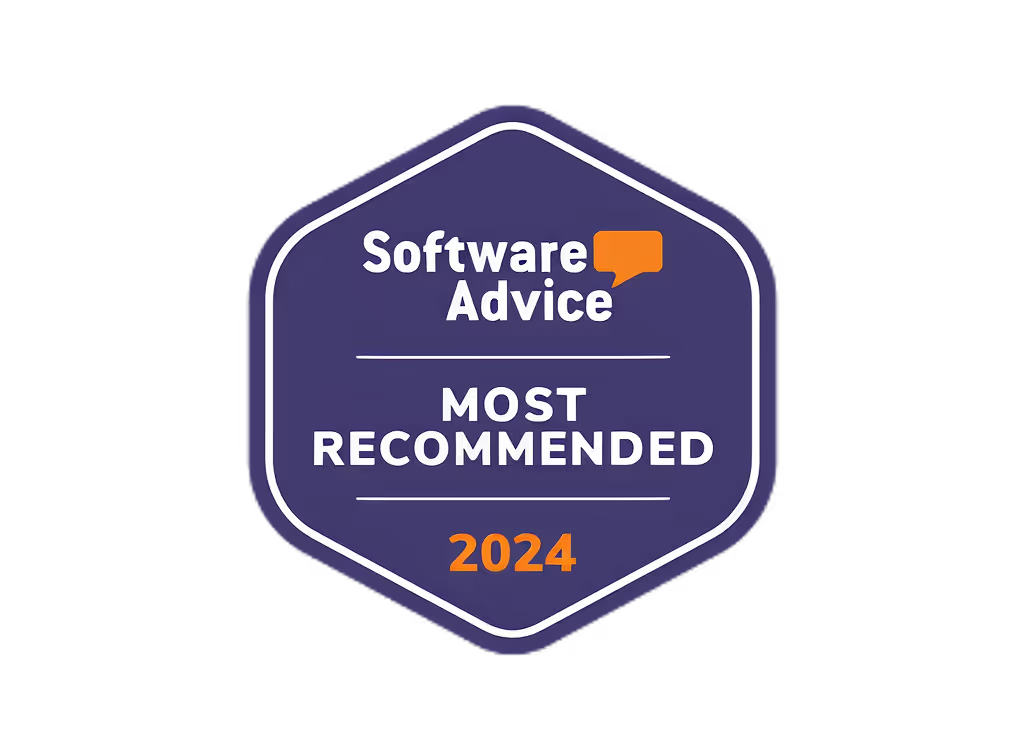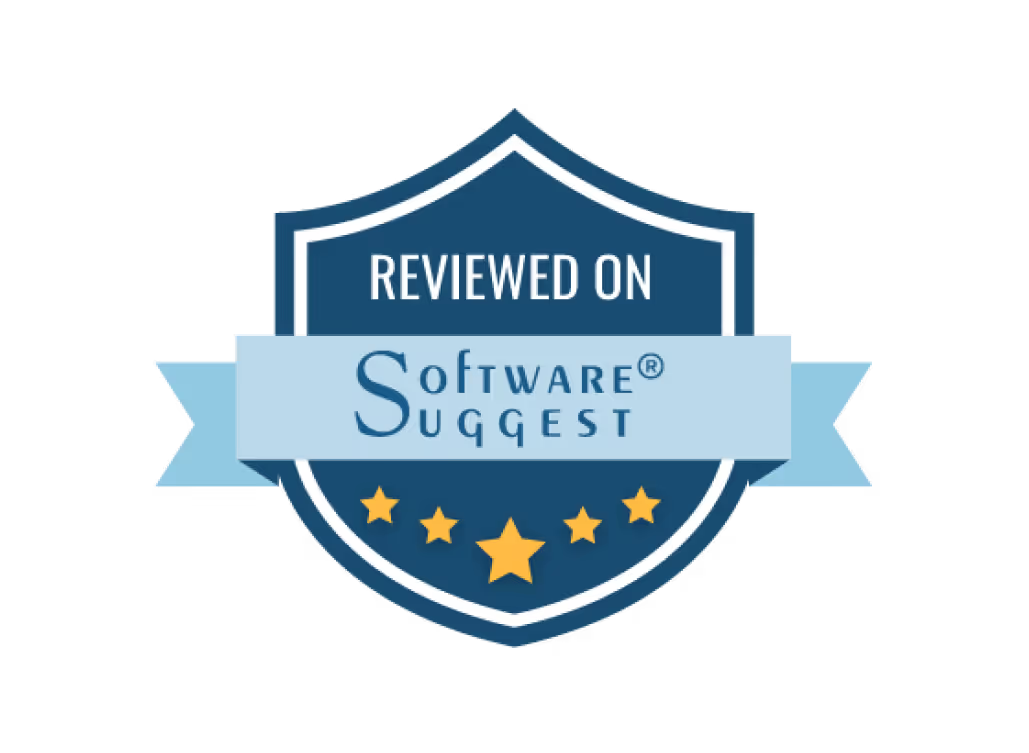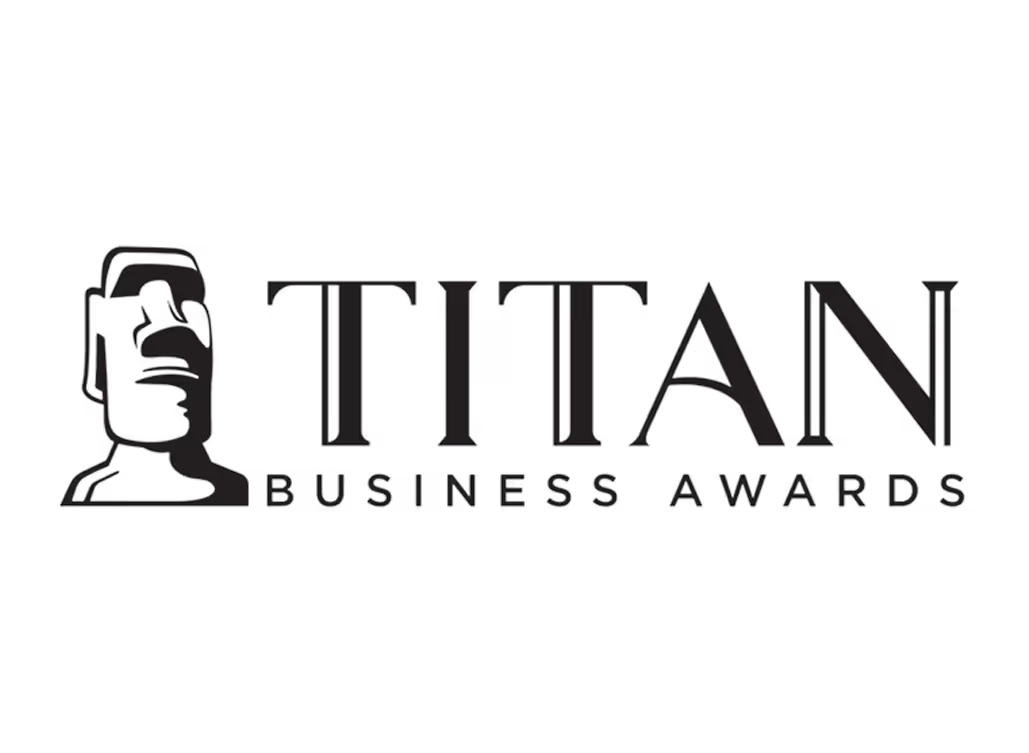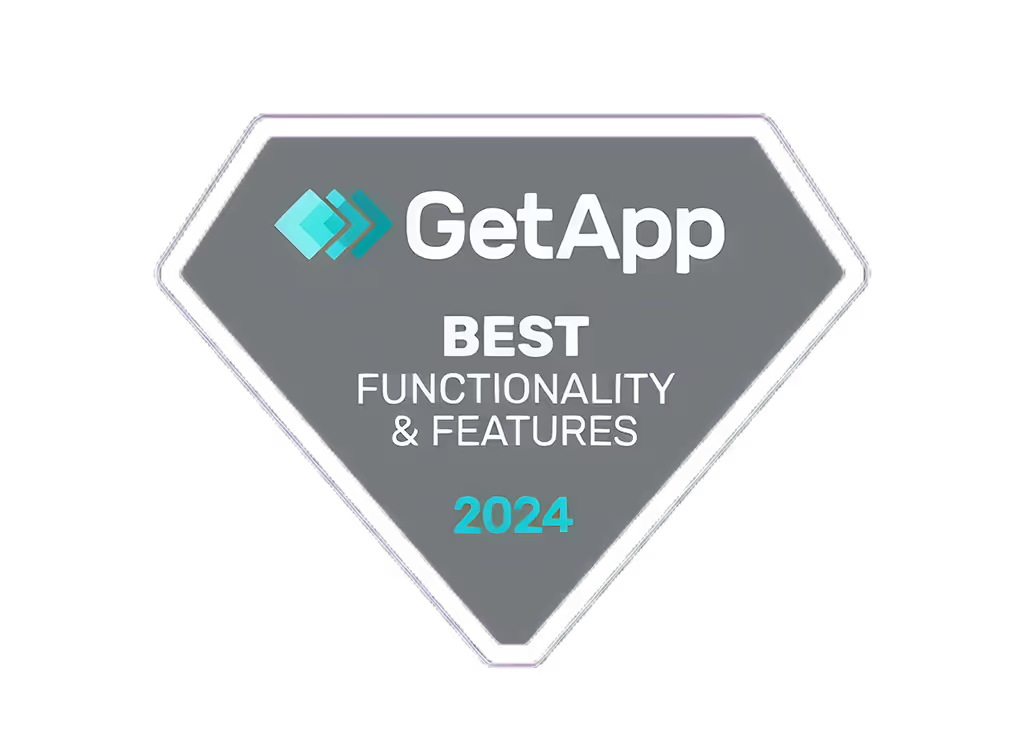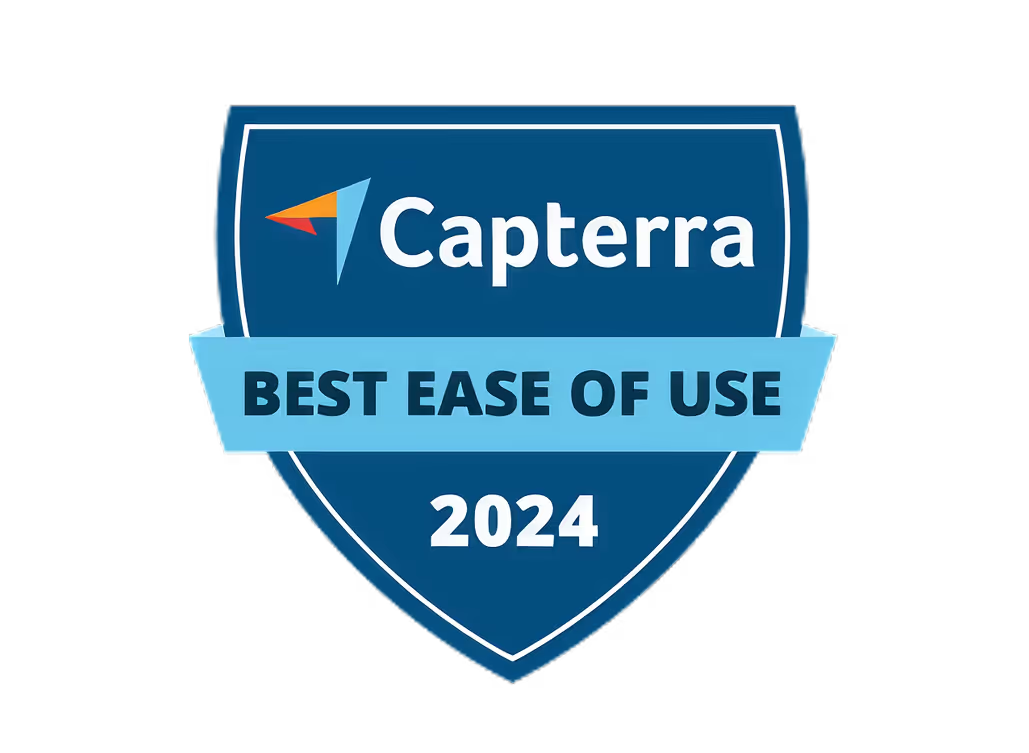Stand Out with AI-Powered BP Video Marketing

AI-powered video marketing offers a revolutionary solution to overcome the challenges of traditional video creation. By leveraging artificial intelligence, businesses can:
- Streamline Video Production
- Automate tasks like scriptwriting, editing, and production
- Save significant time and costs
- No specialized skills required
- Personalize Content at Scale
- Analyze viewer data to understand interests and preferences
- Create tailored videos for different audience segments
- Boost engagement and conversions
- Gain Valuable Data-Driven Insights
- Detailed analytics on viewer behavior and engagement metrics
- Identify areas for improvement
- Optimize video strategy and maximize ROI
Traditional Video CreationAI-Powered Video MarketingTime-consuming manual workAutomated tasksHigh costs for labor, equipment, softwareCost-effectiveSpecialized skills requiredNo special skills necessaryGeneric, one-size-fits-all contentPersonalized videos for each audience segmentLimited ability to tailor contentCustomized content based on viewer dataLower engagement and conversionsHigher engagement and conversion ratesManual analysis and intuitionDetailed analytics and data-driven insightsLimited data insightsRecommendations for optimizationDifficulty optimizing performanceData-driven decision-makingChallenging to scale personalized contentHandles large volumes of data and creates customized content at scaleDifficulty adapting to changing trendsAdapts to changing trends and audience needsLimited ability to stay relevantEnsures video content remains relevant and effective
By embracing AI-powered video marketing solutions, businesses can unlock the full potential of video content and drive meaningful engagement with their target audiences.
Related video from YouTube
Video Marketing Challenges
Creating effective video marketing campaigns can be difficult for businesses. Here are some common challenges:
Time and Cost Demands
Video production is often time-consuming and expensive. It involves:
- Scriptwriting
- Filming
- Editing
- Post-production work
These tasks require significant resources, including:
- Budget for equipment, software, and personnel
- Specialized skills and expertise
This can be a barrier for small to medium-sized businesses with limited resources.
Lack of Personalization
Consumers expect tailored content that speaks directly to their interests. However, creating personalized videos can be difficult, especially for businesses without the necessary resources and expertise.
Keeping Up with Trends
Video content trends and consumer preferences change rapidly. Businesses need to:
- Stay current with the latest trends
- Adapt their video content accordingly
This requires ongoing research, experimentation, and innovation, which can be challenging.
Measuring Performance
With many video metrics available, it can be difficult to determine which ones are most relevant to a business's goals. Optimizing video content based on performance data requires:
- Understanding analytics
- Interpreting data effectively
Key Challenges
ChallengeDescriptionResource-IntensiveVideo production requires significant time, budget, and specialized skills.PersonalizationCreating tailored content for diverse audience segments is difficult.Keeping Up with TrendsStaying current with rapidly changing trends and consumer preferences is a constant effort.Measuring PerformanceAccurately measuring video performance and optimizing content based on data insights is complex.
AI-Powered Video Marketing Solutions

AI-powered video marketing tools offer a new way to create effective video campaigns. By using AI, businesses can:
- Save Time and Money: AI automates tasks like scriptwriting, editing, and production. This reduces the time and budget needed to make high-quality videos.
- Personalize Content: AI analyzes audience data to understand interests and preferences. It then creates tailored videos that resonate with different viewer segments, boosting engagement.
Streamlined Video Creation
AI simplifies the video creation process:
- Automated Tasks:
- Scriptwriting
- Idea generation
- Video editing
- Faster Production and Distribution: AI enables businesses to quickly produce and share videos, keeping up with changing trends.
Targeted Content
- Audience Analysis: AI studies viewer data to identify patterns and preferences.
- Tailored Videos: Using this data, AI creates personalized videos for different audience segments.
- Higher Engagement: Personalized content speaks directly to viewer interests, increasing engagement and brand loyalty.
Data-Driven Optimization
AI provides valuable analytics on:
- Viewer behavior
- Engagement metrics
- Key performance indicators (KPIs)
With these insights, businesses can:
- Understand their audience better
- Refine their video marketing strategy
- Maximize return on investment (ROI)
Traditional Video CreationAI-Powered Video MarketingTime-consumingAutomated productionHigh costsCost-effectiveSpecialized skills neededNo special skills requiredLimited personalizationTailored contentDifficult to scaleScalable content creationLimited data insightsData-driven optimization
Easy Video Creation with AI
AI tools make creating videos simpler and faster. They can help with:
Writing Scripts and Coming Up with Ideas
AI writing assistants suggest topics, themes, and storylines based on:
- Industry trends
- Audience interests
- Your brand guidelines
These AI-generated ideas give you a head start on scripts instead of starting from scratch.
Making Visuals and Editing Videos
AI can create visuals, animations, and edit video footage automatically. AI editing tools:
- Analyze footage
- Identify key moments
- Trim, cut, and arrange clips
AI-generated visuals can also improve video quality, making it easier to produce professional-looking videos.
Adding Voiceovers and Music
AI tools can generate natural-sounding voiceovers in various languages and accents. They can also create custom background music to match the video's tone.
With AI handling voiceovers and music, you can produce high-quality videos without extensive resources or expertise.
TaskTraditional MethodAI-Powered MethodScript WritingManual brainstorming and writingAI suggests ideas and outlinesVisuals & EditingManual video editing and graphics creationAI automates editing and generates visualsVoiceovers & MusicRecord voiceovers, source music separatelyAI generates voiceovers and custom music
Personalization and Targeting
Tailoring Videos for Viewers
AI helps businesses understand their audience better. It analyzes data like:
- Demographics (age, location, etc.)
- Interests and preferences
- Online behavior
Using this data, AI creates detailed viewer profiles. Companies can then tailor videos to match each viewer's unique interests and needs.
For example, a clothing brand could use AI to:
- Study customer data
- Identify style preferences
- Create personalized videos showcasing relevant products
This personalized approach builds trust and loyalty, driving sales.
Precise Audience Targeting
AI segments audiences into specific groups based on their:
- Characteristics
- Behaviors
- Preferences
Companies can then target each group with tailored video content designed just for them. This AI-driven targeting allows businesses to:
- Improve video marketing effectiveness
- Increase viewer engagement and conversions
- Enhance customer satisfaction
- Boost revenue and growth
Traditional ApproachAI-Powered ApproachGeneric, one-size-fits-all videosPersonalized videos tailored to individual viewersLimited audience data insightsDetailed viewer profiles and preferencesBroad, untargeted campaignsPrecise audience segmentation and targetingLower engagement and conversionsHigher engagement, conversions, and customer satisfaction
sbb-itb-606b7a1
Video Performance Tracking
Measuring how well your videos perform is key to improving your video marketing. AI-powered analytics give you detailed insights into video metrics like:
- View counts
- Engagement rates (likes, comments, shares)
- Audience demographics
- Points where viewers drop off
This data shows you how people interact with your videos. It helps you:
- Understand what's working and what's not
- Make decisions based on real data
- Identify areas for improvement
Optimizing Videos with AI
AI can analyze viewer behavior and suggest the best:
- Video length
- Video format (e.g., landscape, square, vertical)
- Distribution channels (social media, website, email, etc.)
For example, AI might find that shorter videos perform better on Instagram, while longer videos work well on YouTube. With these insights, you can optimize videos for maximum engagement and conversions on each platform.
MetricBenefitView CountsUnderstand overall video popularityEngagement RatesSee how well videos resonate with viewersAudience DemographicsIdentify your most responsive audience segmentsDrop-off PointsPinpoint where viewers lose interest
Using Data to Improve
AI-powered video analytics give you a clear picture of what's driving results. With this data, you can:
- Refine your video marketing strategy
- Optimize content for better performance
- Allocate resources more effectively
For example, if data shows that how-to videos get the most engagement, you can focus on creating more of that type of content. Or, if a certain audience segment responds best to product videos, you can create targeted campaigns just for them.
Using AI for Better Video Marketing
Getting Started with AI Video Tools
- Look at your current video marketing plan. See where AI can help make things faster, more personal, and better.
- Choose AI tools that fit your goals and budget. You may need:
- AI video editing software
- AI analytics platforms
- AI scriptwriting tools
- Train your team on how to use the new AI tools properly.
- Start small with a test project using AI video tools. Then grow from there based on the results.
Keeping the Human Touch
AI can do a lot, but human input is key for quality videos:
- Creative Vision: Humans guide the creative direction to match your brand's voice and message.
- Emotional Connection: Humans understand your audience and create content they'll relate to.
- Quality Control: Humans review and improve AI-made content to meet your standards.
Dealing with Challenges
As you add AI to your video process, be ready for:
- Data Privacy: Make sure AI tools protect customer data and follow regulations.
- Ethics: Use AI responsibly, without bias, and create respectful, inclusive content.
- Technical Issues: Have a plan to fix any glitches or errors during setup.
Traditional Video ProcessAI-Powered Video ProcessManual scripting, editing, productionAutomated tasks like scriptwriting, editingGeneric, one-size-fits-all contentPersonalized videos for each audience segmentLimited data insightsDetailed analytics to optimize performanceHigh time and costFaster, more cost-effectiveSpecialized skills neededNo special skills required
Comparing Traditional and AI Video Marketing
Time and Resources
Traditional Video ProcessAI Video ProcessTime-consuming manual work: scripting, editing, productionAutomated tasks: scriptwriting, editingHigh costs for labor, equipment, softwareCost-effective with reduced labor needsSpecialized skills requiredNo special skills necessary
Traditional video marketing demands significant time, effort, and resources. It involves manual scripting, editing, and production, which can be labor-intensive and costly. In contrast, AI-powered video marketing automates many of these tasks, reducing the time and resources required for video production. With AI, you can create high-quality videos more efficiently and cost-effectively.
Personalization
Traditional Video ProcessAI Video ProcessGeneric, one-size-fits-all contentPersonalized videos for each audience segmentLimited ability to tailor contentCustomized content based on viewer dataLower engagement and conversionsHigher engagement and conversion rates
Traditional video marketing often involves creating generic, one-size-fits-all content. AI-powered video marketing, on the other hand, enables personalized videos tailored to specific audience segments. AI algorithms can analyze customer data and create customized content that resonates with individual viewers, leading to higher engagement and conversion rates.
Data-Driven Insights
Traditional Video ProcessAI Video ProcessManual analysis and intuitionDetailed analytics and data-driven insightsLimited data insightsRecommendations for optimizationDifficulty optimizing performanceData-driven decision-making
Traditional video marketing relies on manual analysis and intuition to optimize video performance. AI-powered video marketing, however, provides detailed analytics and data-driven insights to optimize video performance. AI algorithms can track viewer engagement, analyze sentiment, and provide recommendations for improvement, enabling data-driven decision-making.
Scalability
Traditional Video ProcessAI Video ProcessChallenging to scale personalized contentHandles large volumes of data and creates customized content at scaleDifficulty adapting to changing trendsAdapts to changing trends and audience needsLimited ability to stay relevantEnsures video content remains relevant and effective
Traditional video marketing can be challenging to scale, especially when it comes to creating personalized content for different audience segments. AI-powered video marketing, on the other hand, can handle large volumes of data and create customized content at scale. Additionally, AI algorithms can adapt to changing trends and audience needs, ensuring that your video content remains relevant and effective.
Conclusion
Key Benefits Summary
AI-powered video marketing offers many advantages that can transform how businesses create and share video content. By using AI technology, marketers can:
- Streamline video production: AI automates tasks like scriptwriting, editing, and production, saving time and money.
- Personalize content: AI analyzes viewer data to understand interests and preferences, then creates tailored videos for different audience segments, boosting engagement.
- Gain valuable insights: AI provides detailed analytics on viewer behavior, engagement metrics, and key performance indicators (KPIs), helping businesses optimize their video marketing strategy and maximize return on investment (ROI).
The Future of Video Marketing
As AI technology advances, we can expect more innovative applications in video marketing, such as:
- More sophisticated AI algorithms
- Enhanced personalization capabilities
- Further integration with emerging technologies like virtual and augmented reality
Businesses that adopt AI-powered video marketing solutions will be well-positioned to stay ahead in the competitive video marketing landscape.
Call to Action
In today's fast-paced digital world, businesses must adapt to changing trends and consumer behaviors. By embracing AI-powered video marketing solutions, businesses can unlock the full potential of video content and drive meaningful engagement with their target audiences.
Don't get left behind – explore AI-powered solutions today and discover the transformative power of AI in video marketing.
Traditional Video MarketingAI-Powered Video MarketingTime-consuming manual workAutomated tasksHigh costs for labor, equipment, softwareCost-effectiveSpecialized skills requiredNo special skills necessaryGeneric, one-size-fits-all contentPersonalized videos for each audience segmentLimited ability to tailor contentCustomized content based on viewer dataLower engagement and conversionsHigher engagement and conversion ratesManual analysis and intuitionDetailed analytics and data-driven insightsLimited data insightsRecommendations for optimizationDifficulty optimizing performanceData-driven decision-makingChallenging to scale personalized contentHandles large volumes of data and creates customized content at scaleDifficulty adapting to changing trendsAdapts to changing trends and audience needsLimited ability to stay relevantEnsures video content remains relevant and effective
FAQs
What role does AI play in video marketing?
AI technology helps create high-quality marketing videos efficiently. It automates tasks like:
- Writing scripts
- Editing footage
- Producing videos
This saves time and money compared to traditional video production methods.
AI also analyzes viewer data to understand their interests and preferences. It then creates personalized videos tailored to different audience segments. This boosts viewer engagement with the content.
How does AI help with video personalization?
Traditional VideosAI-Powered VideosOne-size-fits-all contentCustomized for each viewer segmentGeneric, not tailoredBased on individual interests and dataLower engagementHigher engagement and conversions
AI studies data on viewers, such as:
- Demographics (age, location, etc.)
- Online behavior
- Preferences
It uses this information to create detailed viewer profiles. Videos are then customized to match each profile, showing relevant products, styles, or content.
For example, a clothing brand could use AI to:
1. Analyze customer data 2. Identify style preferences 3. Generate personalized videos showcasing relevant products
This personalized approach builds trust and loyalty with viewers.
How does AI help measure and optimize video performance?
AI provides detailed analytics on:
- View counts
- Engagement rates (likes, comments, shares)
- Audience demographics
- Points where viewers drop off
This data shows how people interact with videos. It helps businesses:
- Understand what's working and what's not
- Make decisions based on real data
- Identify areas for improvement
AI can also analyze viewer behavior and suggest the best:
- Video length
- Video format (landscape, square, vertical)
- Distribution channels (social media, website, email, etc.)
With these insights, businesses can optimize videos for maximum engagement and conversions on each platform.










